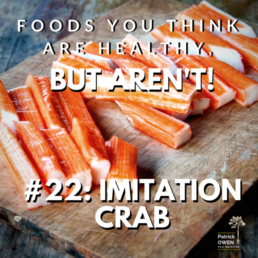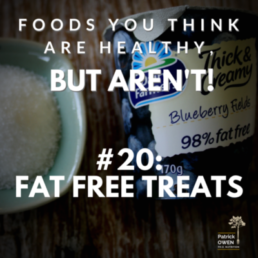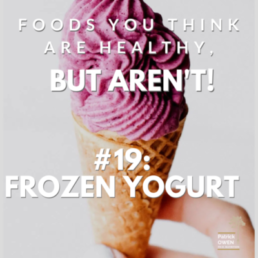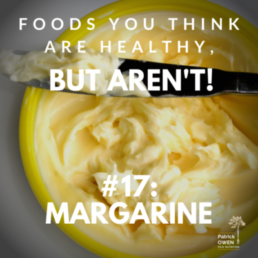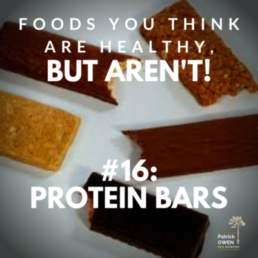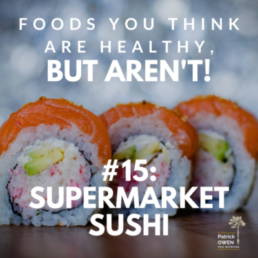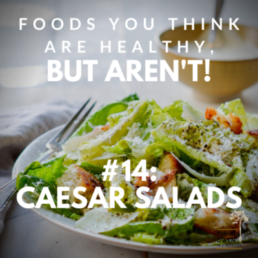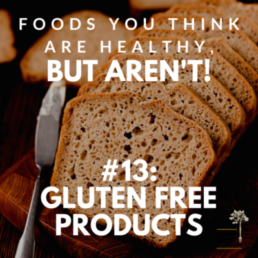 WHY WE AVOID IT:
WHY WE AVOID IT:
Made of pure fat, two-thirds of which is saturated fat. Health authorities have been telling us for years that foods like butter are clogging our arteries and causing heart disease. Even though the evidence proves otherwise, many of us can’t shake our fat phobia. We were told to replace butter with trans-fat laden margarine, and once we discovered that trans-fats were deadly, we were offered polyunsaturated vegetable oils rich in omega-6 fats that seem to be linked to all sorts of health issues.
WHY WE SHOULD EAT IT:
The butter vs. margarine debate is over, and butter came out the victor. A fair amount of research shows that full-fat dairy is associated with lower waist size, lower body weight and lower risk of heart disease and stroke. Butter is rich in fat-soluble vitamins A, E and K2. If you’ve never heard of vitamin K2 before, you’re probably going to hear a lot more about it in the next few years. This form of vitamin K is fairly rare in the modern diet and is mostly found in bacterial fermented foods like mature cheeses and curd.
Vitamin K2 plays a very important role in calcium metabolism and bone health. Accumulating evidence suggests that Western society is afflicted by a subclinical deficiency of vitamin K2, associated with increased risk of cardiovascular disease, cancer and osteoporosis. Butter also contains conjugated linoleic acid (CLA), a naturally occurring trans fat that is associated with fat loss. For a dietary boost of omega-3 fats, CLA and vitamin K2, choose butter from grass-fed cows instead of your conventional grain-fed variety.
